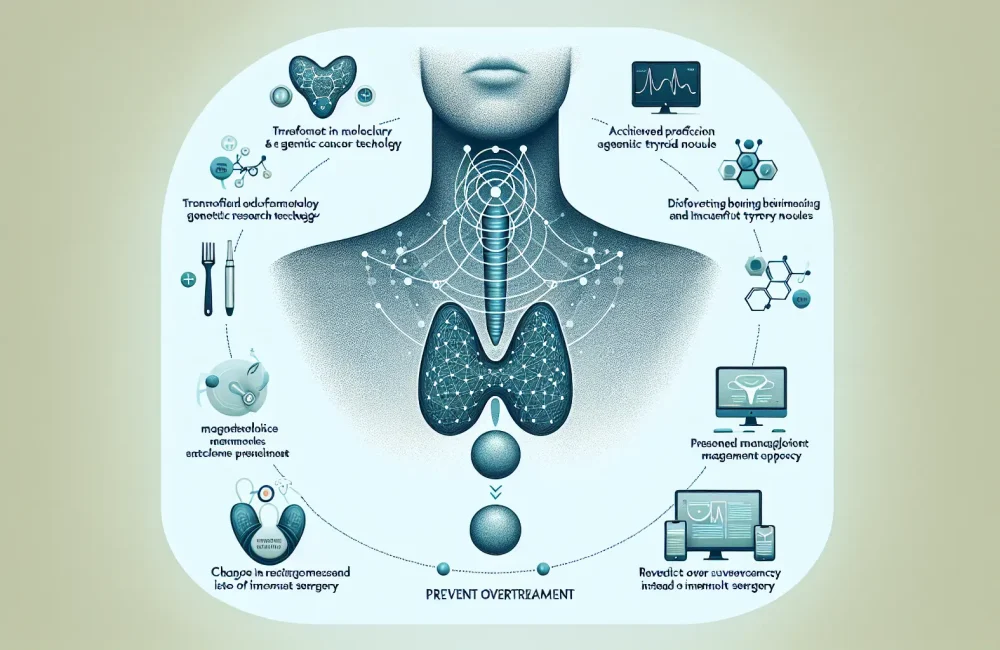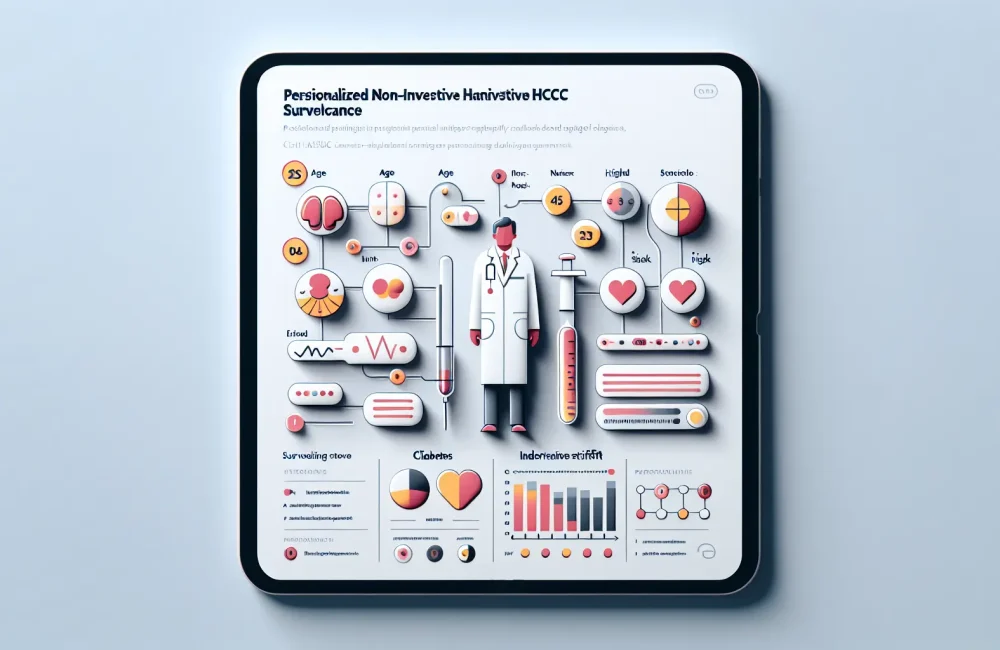By CAFMI AI From New England Journal of Medicine
Enhanced Disease-Free Survival with Adjuvant T-DM1
Patients with residual invasive HER2-positive breast cancer after neoadjuvant therapy present a significant clinical challenge due to their elevated risk of disease recurrence and mortality. Neoadjuvant therapy, which combines chemotherapy with HER2-targeted treatments, is standard for this subgroup; however, patients who do not achieve a pathologic complete response (pCR) remain at high risk for poor outcomes. This context underscores the importance of optimizing adjuvant treatment strategies to improve long-term survival and reduce recurrence rates. The recent phase 3 randomized trial evaluating trastuzumab emtansine (T-DM1) versus trastuzumab alone sheds light on a promising approach. T-DM1 is an antibody-drug conjugate that combines trastuzumab, a HER2-targeted monoclonal antibody, with DM1, a potent cytotoxic agent, designed to deliver chemotherapy directly to HER2-expressing cancer cells with improved efficacy and reduced systemic toxicity. In this study, 1,486 patients with residual invasive HER2-positive breast cancer after neoadjuvant chemotherapy and HER2-targeted therapy were randomized to receive either 14 cycles of T-DM1 or trastuzumab as adjuvant therapy. The primary endpoint was invasive disease-free survival (IDFS), encompassing events of invasive recurrence or death. Median follow-up was 40 months, allowing a meaningful assessment of medium-term outcomes relevant to clinical decision-making.
Clinical Impact: Survival Benefits and Toxicity Profile
The results demonstrated that adjuvant treatment with T-DM1 significantly improved invasive disease-free survival compared to trastuzumab. Specifically, the IDFS rate at 3 years was notably higher in the T-DM1 arm at 88.3%, versus 77.0% for trastuzumab alone. This corresponded to a hazard ratio (HR) for invasive disease or death of 0.50 (95% CI, 0.39 to 0.64; P<0.001), highlighting a 50% reduction in the risk of invasive recurrence or death following treatment with T-DM1. Additionally, the incidence of distant recurrence, a key driver of mortality in breast cancer, was significantly lower in the T-DM1 group. Importantly, overall survival, a critical endpoint for clinicians and patients, was also improved in patients receiving T-DM1. These findings have substantial implications for practice, supporting T-DM1 as a superior adjuvant option for patients with residual disease post-neoadjuvant therapy. However, this survival advantage must be balanced against the safety profile observed. Grade 3 or higher adverse events occurred more frequently with T-DM1, with thrombocytopenia and peripheral neuropathy being the most common severe toxicities. While these side effects were generally manageable and did not outweigh the clinical benefit, they warrant diligent monitoring and supportive care in clinical practice. Patient selection and counseling should address these risks to optimize adherence and outcomes.
Guideline Integration and Practical Considerations for Clinicians
This landmark trial’s findings have immediate relevance for clinicians managing HER2-positive breast cancer in the United States, where HER2-targeted therapies are a pillar of treatment. Current guidelines, including recommendations from the National Comprehensive Cancer Network (NCCN) and American Society of Clinical Oncology (ASCO), increasingly incorporate evidence supporting escalation of adjuvant therapy for high-risk patients with residual disease after neoadjuvant treatment. The demonstrated efficacy of T-DM1 fully supports its integration as a standard of care in this setting, replacing trastuzumab monotherapy for appropriate patients. From a practical standpoint, clinicians should identify eligible patients—those with residual invasive cancer detected after completing neoadjuvant chemotherapy and HER2-targeted agents—and discuss the benefits and potential adverse effects of T-DM1. Follow-up protocols should include regular assessment for hematologic toxicity and neuropathy, with prompt management strategies. Differential diagnosis considerations include ruling out other causes of thrombocytopenia or neuropathy unrelated to T-DM1. Patient counseling should emphasize the importance of adherence to the treatment regimen and timely reporting of side effects, with multidisciplinary support to address symptom management. This approach aligns with primary care and oncology workflows aiming to optimize patient outcomes while minimizing treatment burden. Ultimately, application of this evidence represents a substantial advance in personalized management of HER2-positive breast cancer, improving survival prospects for a previously at-risk population.
Read The Original Publication Here






